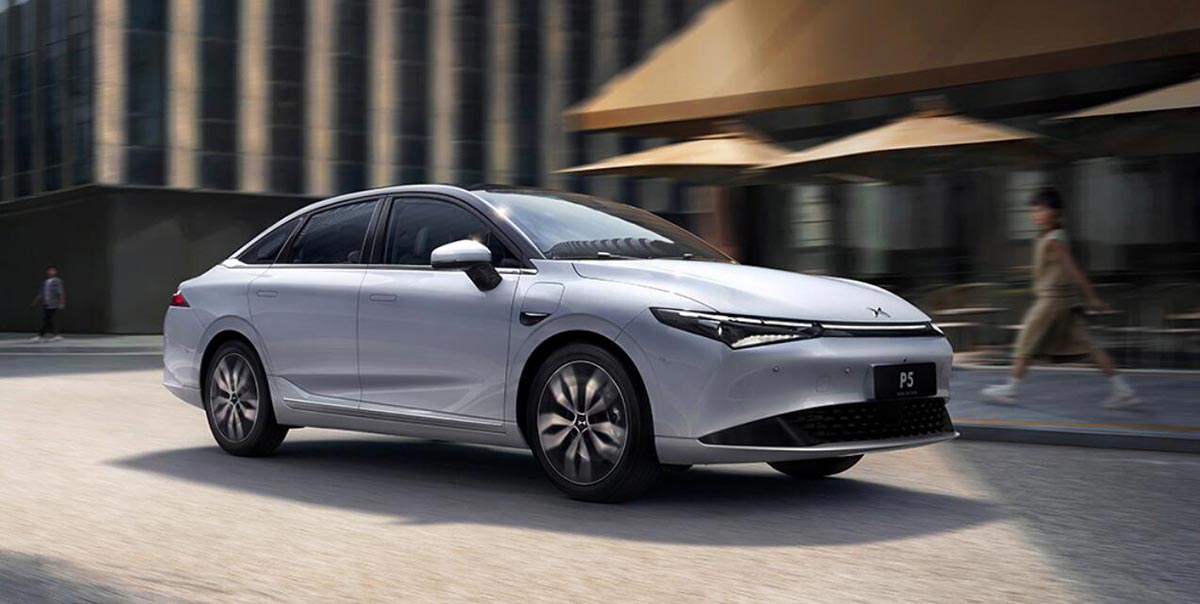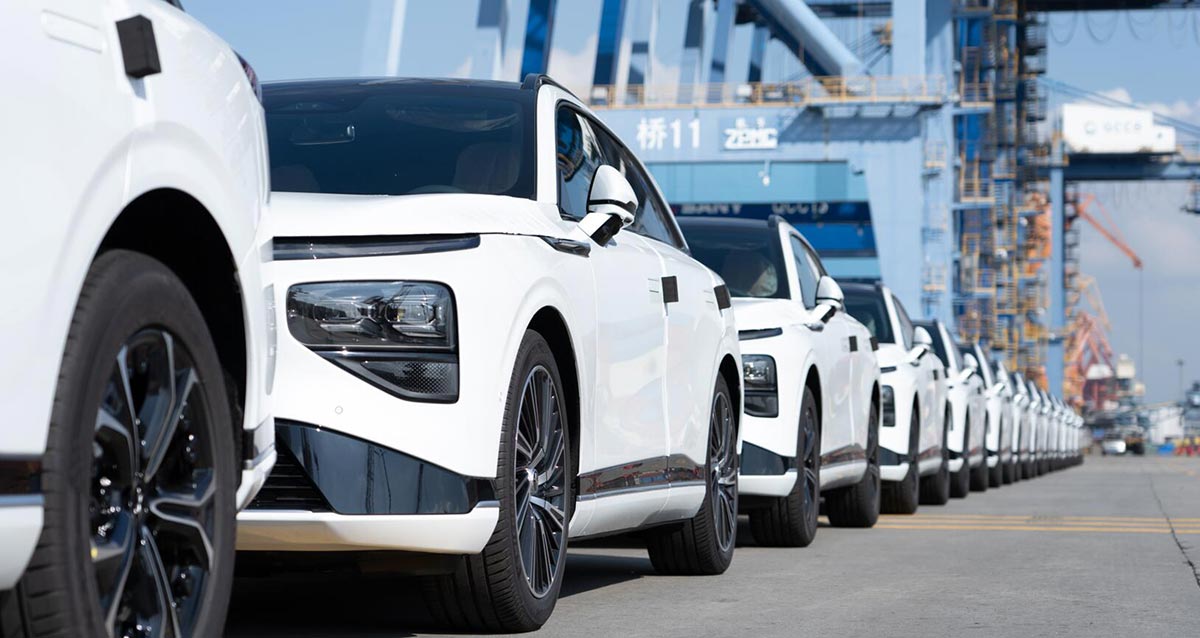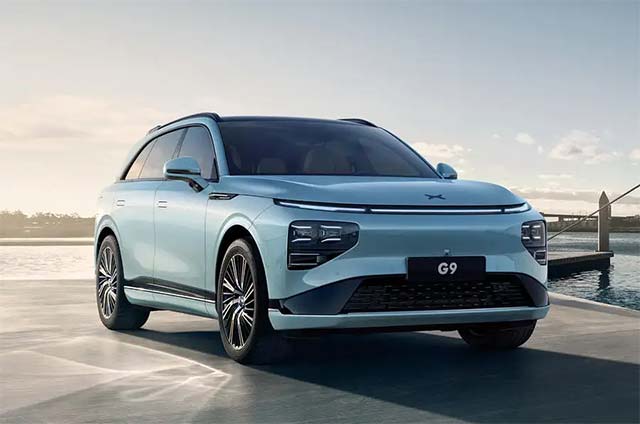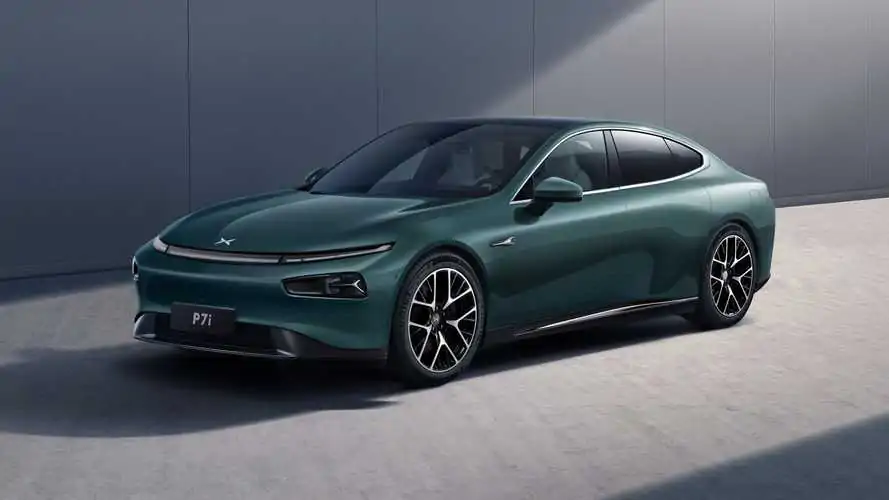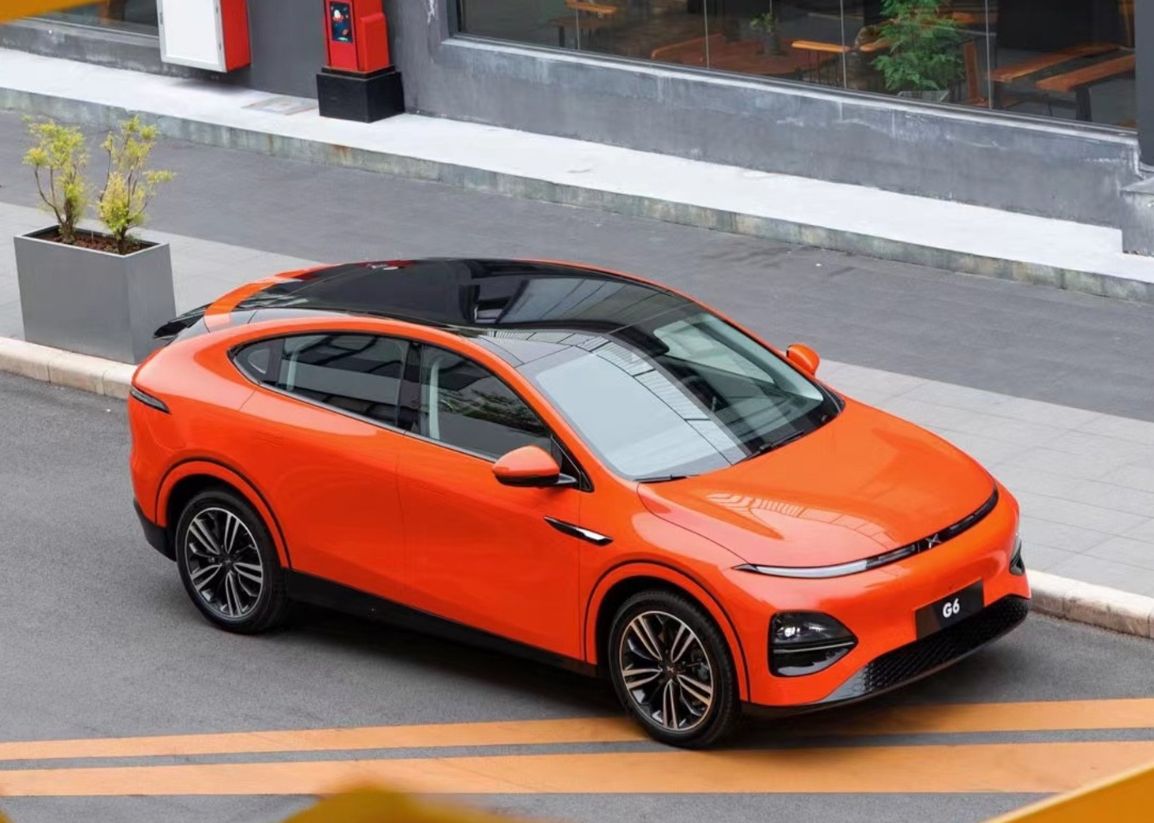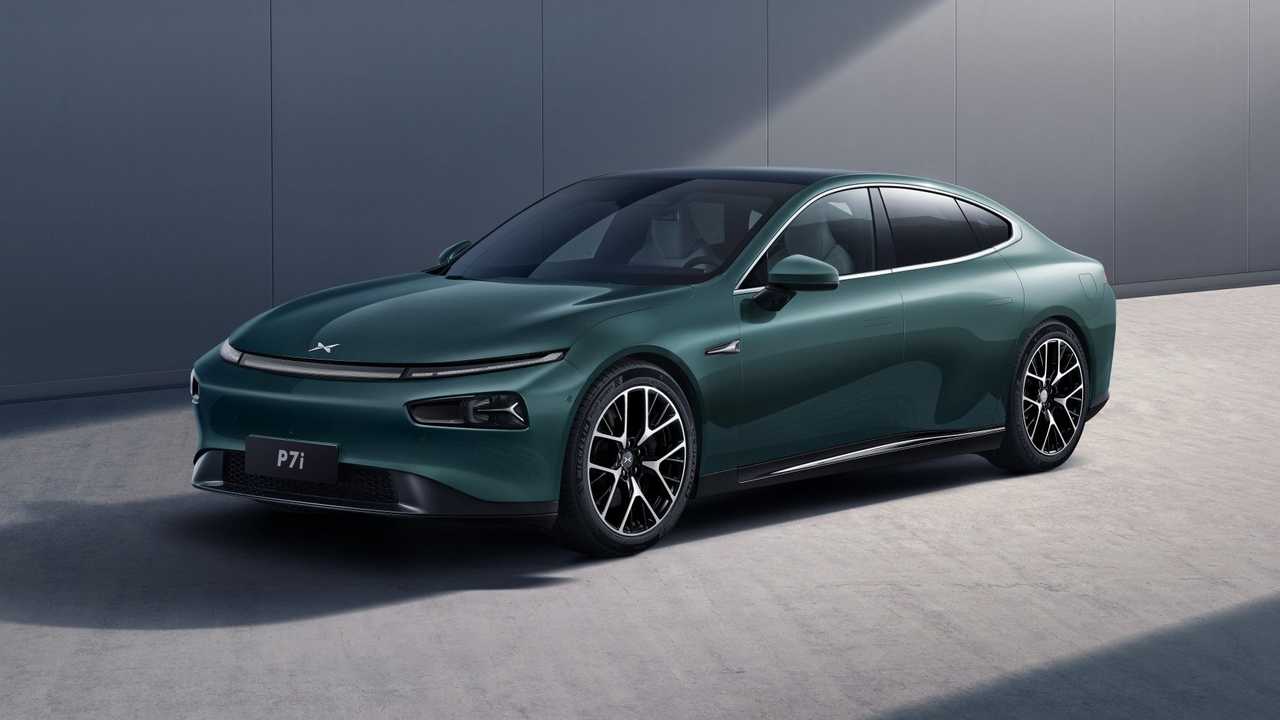Chinese automaker Xpeng has unveiled its latest offering, the X9 minivan, through filings with China’s Ministry of Industry and Information Technology. The X9, painted in a sleek silver hue, boasts a distinctive design reminiscent of a blend between the Tesla Cybertruck and a Honda Odyssey.
The disclosed information sheds light on the X9’s powertrain options. The base model will feature a single motor producing 315 horsepower (235 kW/320 PS) that propels the vehicle to a top speed of 124 mph (200 km/h). This variant will be equipped with a lithium iron phosphate battery, although its capacity remains undisclosed, and will weigh approximately 6,889 lbs (3,125 kg).
For those seeking even more power, the dual motor version of the X9 will be available. This variant, though slightly heavier at 7,077 lbs (3,210 kg), shares the same top speed as its single-motor counterpart. It will be equipped with a lithium-ion battery and a combined output of 496 horsepower (370 kW/503 PS) from its two motors, with 315 hp (235 kW/320 PS) powering the rear wheels and an additional 181 hp (135 kW/184 PS) for the front wheels.
Regardless of the chosen powertrain, the X9 offers spacious seating for up to seven passengers, thanks to its generous proportions. Measuring 208 inches in length, 78 inches in width, and 70 inches in height (5293x1988x1785 mm), the X9 exceeds the dimensions of Xpeng’s previous vehicles, notably surpassing the G9 SUV by a significant 15.5 inches in length.
The X9 will enter the highly competitive minivan market, pitting itself against other electric contenders such as the Zeekr 009, the Hycan V09, the Denza D9, and the upcoming Li Auto Mega. Xpeng has received a vote of confidence from Volkswagen (VW), as VW has announced its plans to utilize Xpeng’s platform in the Chinese market.
The Xpeng X9 is slated to go on sale later this year, with pricing details expected to be revealed during the official launch. As Xpeng steps into the electric minivan arena, it aims to make a significant impact in this growing segment.


